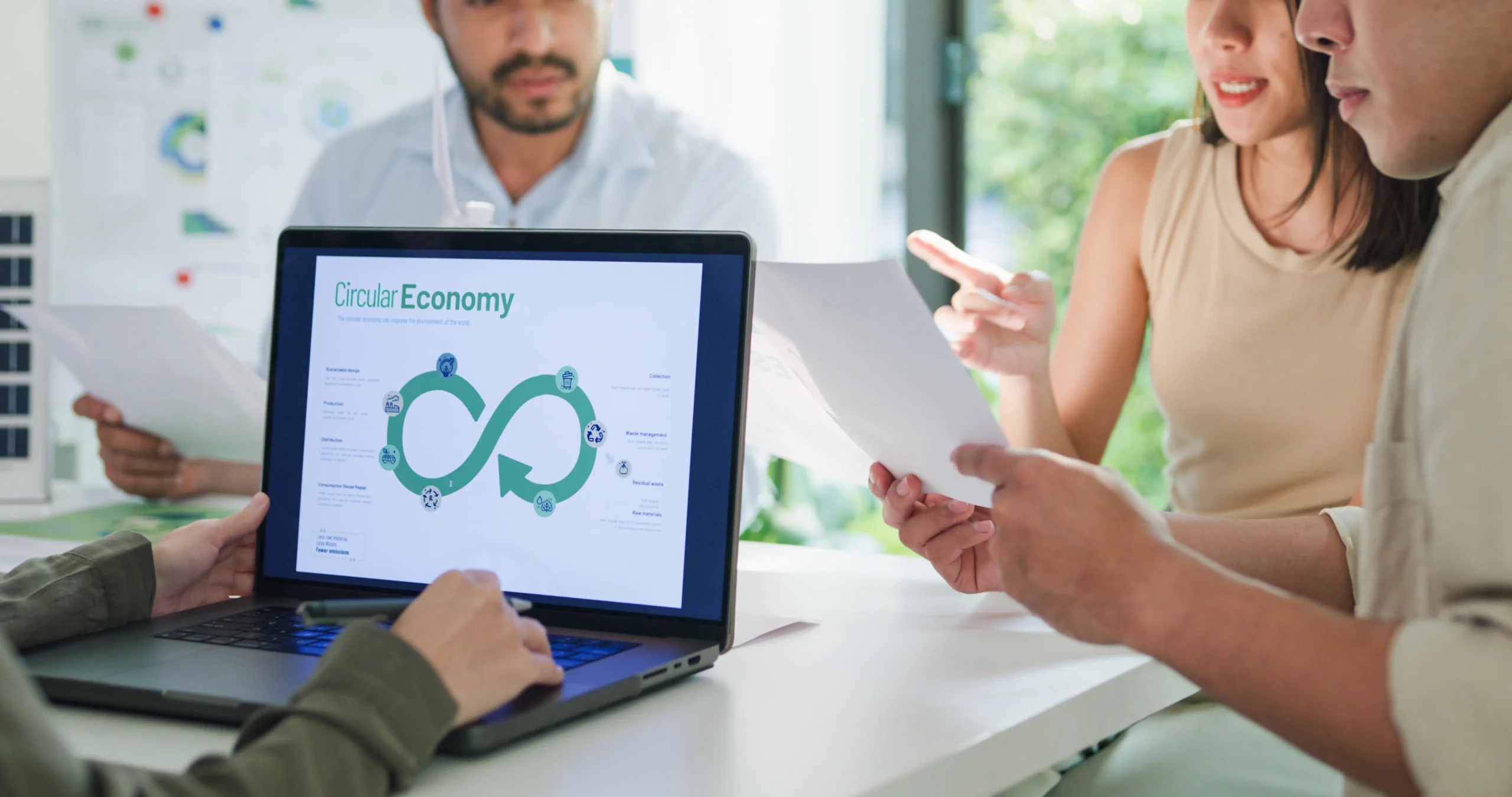Would you prefer to listen to it? Play the audio here
The circular economy drives innovation, reduces risks and can contribute S/14 billion to the Peruvian economy by 2030.
Marian Buraschi - Libélula Partner and Director
The linear economic model - extract, produce, use and dispose - is exhausting its profitability and exposing companies to increasing financial risk due to the volatility of raw materials. The Central Reserve Bank of Peru (BCRP, 2024) warns that global consumption of materials will double by 2060, reflecting the dependence of economic growth on finite resources. In this context, the circular economy should not be seen as an additional cost, but as a strategic lever for competitiveness.
Peru has already formalized this vision with the National Circular Economy Roadmap 2030 (HdRNEC). Its implementation could contribute S/14 billion to the economy -approximately 2% of GDP- and generate more than 300,000 sustainable jobs by the end of the decade (PCM, 2025). It is not an environmental aspiration, but a concrete economic opportunity for companies.
Adopting the circular economy offers above-average returns and strengthens the resilience of supply chains. International studies estimate that the circular transition could reduce the global need for materials extraction by one-third (Circle Economy Foundation, 2024). Such efficiencies are based on “inner circle” strategies: reuse, repair, remanufacture and refurbishment, which extend the useful life of materials, preserve value and avoid manufacturing replacements (European Environment Agency, 2019).
At the national level, the HdRNEC projects a reduction of more than 75 million tons in materials consumption by 2030 (MINAM, 2025). For companies, this implies lower input costs, less risk of interruptions and a competitive advantage over those who maintain linear models.
Capitalizing on this opportunity requires focusing on three strategic levers. First, the redesign of value: the potential is defined from the conception of the product; criteria such as disassemblability or modularity facilitate the recovery of components. Second, measuring lost value through circularity indicators, which generates savings and improves access to green financing, where impact measurement is key. Finally, to promote industrial symbiosis, where waste from one company is converted into inputs for another, reducing costs and strengthening local value chains.
Circularity transcends the simple label of sustainability to become an essential management discipline. It is the tool that maximizes asset value, optimizes material efficiency and ensures business resilience. For the private sector, its adoption is no longer a reputational choice, but an unavoidable strategic decision with a direct impact on the bottom line.
The circular economy is not the future, but the competitive advantage of the present: companies that integrate it will not only lead markets, but will define how value is created in the next decade. Is your organization ready to capitalize on it?




